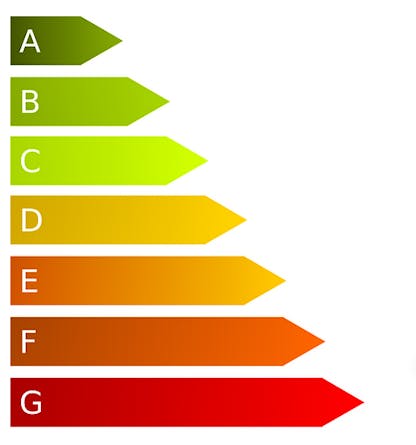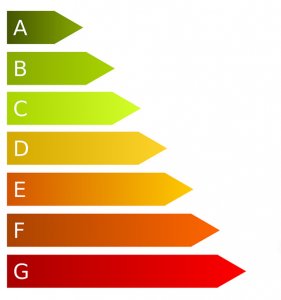Understanding Energy Labels: A Handy Guide
Does the below diagram look familiar? We reckon it’s a big, fat, energetic yes! Why? We’ve all seen one of these somewhere – and it’s because most of us are all too aware of the affect our actions may or may not be having on the environment.
So, what do energy labels like this one actually mean? Read on…
Before we start, it’s worth telling you this: almost half of the electricity consumed in your home is estimated to be from kitchen appliances. A staggering fact, no?
But there’s something you can do about that fact – and it’s simple: buy appliances which are more energy-efficient.
Helping to cut down your household’s energy bills, doing so will reduce your carbon footprint too.
The EU Energy Label is the quickest and easiest way to discover how energy efficient an appliance is, so make sure you look out for it.
We’ll start with the top:
This is the easiest way to see how efficient an appliance is. The A+++ is the most efficient, with D the least. In much same way as the old label, dark green shows the best efficiency while dark red is the least.
The lower section of the label, meanwhile, varies. It uses symbols to display other useful information on the appliances.
The energy label you’re used to seeing (pictured above) is the familiar EU Energy label, required by law to be displayed when sold on everything from washing machines to dishwashers and air conditioners. Fridges and freezers, though, have two additional ratings: A+ and A++. If that wasn’t confusing enough, from the end of 2011, new A+, A++ and A+++ energy ratings for fridges, washing machines and dishwashers became compulsory for all new models.
So, how is the energy label awarded?
It works like this: appliances are graded on their energy consumption in kWh* (units of energy used per hour). What that means is the less kWh used, the more efficient the appliance and manufacturers are required to self-certify products based on EU criteria set for each product type.
What should you look out for when choosing energy-efficient appliances?
First ask yourself what size of appliance you’ll need, as energy ratings are generally given to products based on their size category.
What that means is two differently sized appliances with the same energy rating may use quite different amounts of electricity. With that in mind, it’s best to look out for the appliance which best matches the size you’re looking for and has the best energy rating, too.
How can you reduce your energy consumption?
So you’ve chosen an energy-efficient appliance. Now, is there anything you can do to reduce the efficiency of your appliance further still?
The answer is yes – and the first step you can take is the easiest: avoid leaving appliances on standby. When you consider that the average UK households spend £30 a year powering appliances left in standby mode, it really is worth reconsidering how often you leave your cooker/microwave/dishwasher on. Start making some changes today and you could save a fortune and protect the environment too.


